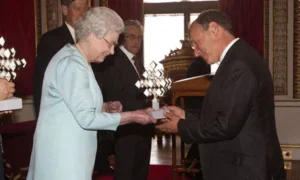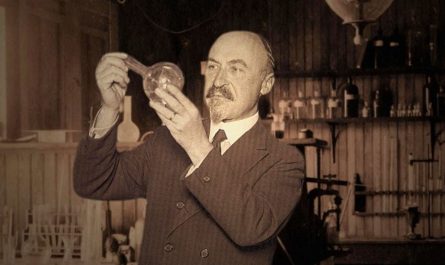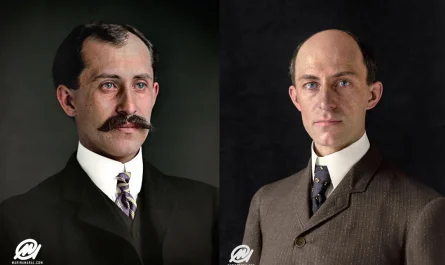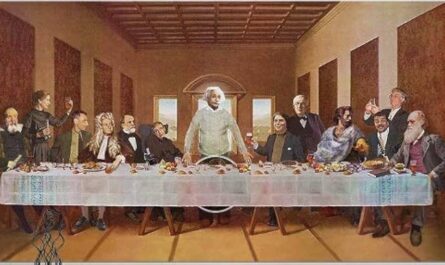Early Life and Education
Tim Berners-Lee, born on June 8, 1955, in London, England, grew up in a home filled with innovation and curiosity. In fact, his parents, Conway Berners-Lee and Mary Lee Woods, were pioneers in computing. Specifically, they both contributed to the development of the first commercial computer, the Ferranti Mark 1. Because of this exposure to early computer technology, his interest in computing was sparked at a young age.

As a child, Berners-Lee attended Sheen Mount Primary School, where his passion for problem-solving became evident. Later, he attended Emanuel School in southwest London. Eventually, he went on to Queen’s College at the University of Oxford, where he studied physics. Although physics was his formal focus, his curiosity for computing grew stronger during his time at university. For example, he built his first computer using an old television, demonstrating his ability to think outside the box. After graduating in 1976, he began working in various roles in the tech industry.
Inventing the World Wide Web
Tim Berners-Lee’s path to creating the World Wide Web began while working at CERN, the European Organization for Nuclear Research, in Switzerland. During the 1980s, while working as a contractor at CERN, he noticed a significant challenge. Scientists from different countries needed a way to share and access data efficiently. As a result, Berners-Lee began to conceptualize a system that would enable information to be linked and shared across different computers and networks. At the time, sharing information between systems was often difficult since each used its own protocols and formats.
In March 1989, Berners-Lee wrote a proposal to create a system that would allow data to be shared universally. Specifically, the system relied on hypertext—a method of linking documents together via clickable links. Although his initial proposal did not get immediate approval, his perseverance eventually paid off. By late 1990, he had developed the core technologies behind the World Wide Web. These included HTML (HyperText Markup Language), HTTP (HyperText Transfer Protocol), and URLs (Uniform Resource Locators). Together, these technologies made it possible to access and share content between different computers on the internet. By December 1990, the world’s first website went live on CERN’s servers.
The significance of this invention cannot be overstated. Before the web, accessing information was restricted by geographic or technical limitations. Therefore, the World Wide Web changed that entirely. It democratized information, making it accessible to anyone with an internet connection. Moreover, by using hyperlinks, users could jump from one page to another with ease. This not only transformed communication but also laid the groundwork for the digital age.

Developing the World Wide Web Consortium (W3C)
After the web’s launch in 1991, Tim Berners-Lee realized that maintaining its openness and accessibility would be essential. As a result, he wanted the web to remain a universal platform, free from control by any single entity. Consequently, to achieve this goal, he founded the World Wide Web Consortium (W3C) in 1994. The Massachusetts Institute of Technology (MIT) established the W3C to create open standards for the web. These standards aim to ensure compatibility and foster innovation.
The W3C’s work included developing critical web standards such as CSS (Cascading Style Sheets), XML (Extensible Markup Language), and accessibility guidelines. These standards have helped shape the web into the dynamic, interactive platform it is today. Moreover, they ensure that the web remains open to new technologies while maintaining compatibility with older systems. Tim Berners-Lee’s leadership in this area cemented his role as the guardian of the open web.
In addition to his technical contributions, Berners-Lee became an outspoken advocate for net neutrality. He believed that the internet should remain a level playing field for all users. Consequently, he frequently voiced concerns about the growing influence of large corporations and governments, warning against their attempts to control the flow of information online. His vision was simple: the web should remain free, open, and decentralized.
Solid: A New Vision for the Web
In 2018, Tim Berners-Lee introduced a new project called Solid. This project aimed to address one of the web’s growing problems—data privacy. Over the years, large tech companies had gained enormous control over users’ personal data. As a result, Solid’s goal was to give users more control over their data by decentralizing the web. With Solid, users would be able to store their data in “pods” that they could share or restrict as they pleased. It represented a new vision for the web, one where privacy and user autonomy were prioritized.
Through Solid, Berners-Lee demonstrated that his commitment to an open and ethical web was as strong as ever. He recognized that the web had strayed from its original vision, where users had control over their information. Solid sought to return to that vision and give individuals the power to decide how and with whom their data was shared. Furthermore, it highlighted Berners-Lee’s continued dedication to innovation.
Personal Life and Achievements
Despite his incredible achievements, Tim Berners-Lee has remained grounded and focused on his passion for innovation. He married his first wife, Nancy Carlson, in 1990, and together, they had two children. However, the couple later divorced in 2011. In 2014, Berners-Lee married Rosemary Leith, a Canadian internet and banking entrepreneur. Together, they share a vision of improving technology and the internet.
In his personal life, Berners-Lee is known for his love of outdoor activities, particularly mountain biking. In addition, he enjoys spending time in nature, which offers a balance to the high-paced world of technology. He continues to advocate for net neutrality and open standards, remaining committed to the ethical development of the web. Therefore, his dedication to both his work and personal interests reflects a well-rounded character.
Legacy and Impact
Tim Berners-Lee’s invention of the World Wide Web is undoubtedly one of the most transformative technologies in history. His vision turned the internet from a niche tool into a global platform that has changed how we work, communicate, learn, and entertain ourselves. Moreover, the web has connected people across borders, democratized access to information, and sparked revolutions in business, education, and social interaction.
His ongoing work with the W3C, his advocacy for net neutrality, and his efforts to protect user privacy through Solid have ensured that his influence extends far beyond the original creation of the web. Today, millions of websites, countless businesses, and global communication depend on the technology he invented. As a result, without Tim Berners-Lee, the digital world we live in today would look very different.
Detailed Information
| Full Name | Timothy John Berners-Lee |
|---|---|
| Born | June 8, 1955, London, England |
| Nationality | British |
| Education | Bachelor of Arts in Physics, Queen’s College, University of Oxford |
| Occupation | Computer Scientist, Professor, Inventor |
| Known For | Inventing the World Wide Web, Developing HTML, HTTP, and URL |
| First Website | info.cern.ch (launched on August 6, 1991) |
| Major Contributions |
|
| Awards & Honors |
|
| Net Worth | $10 million (estimated) |
| Family |
|
| Favorite Activities | Mountain biking, promoting an open web, outdoor activities |
| Current Position | Professor at MIT, Director of the World Wide Web Consortium (W3C) |




